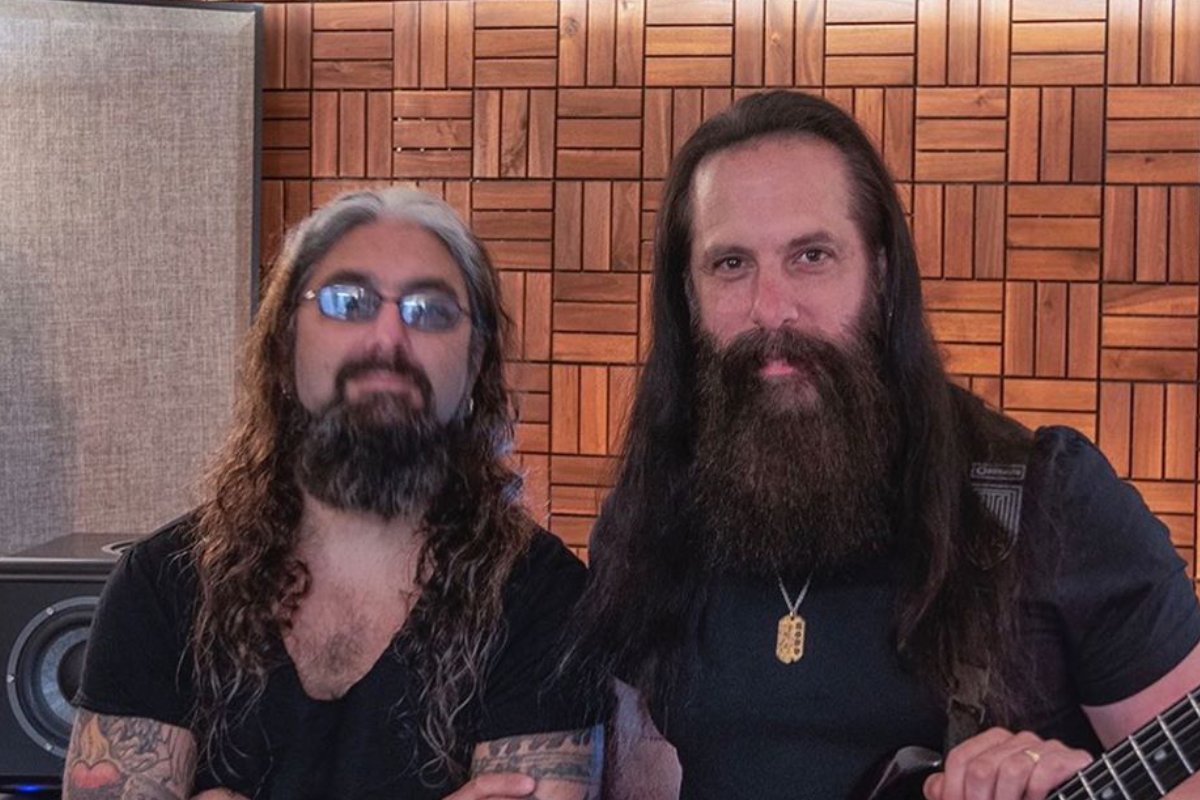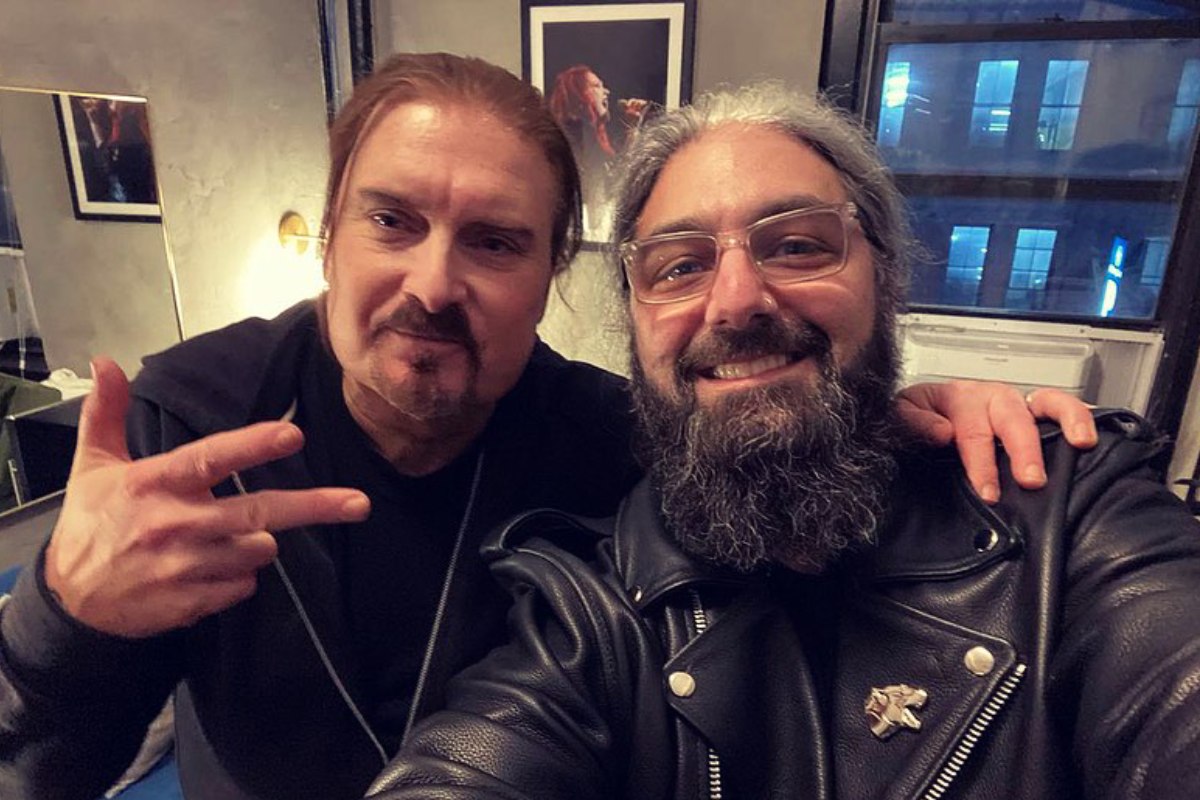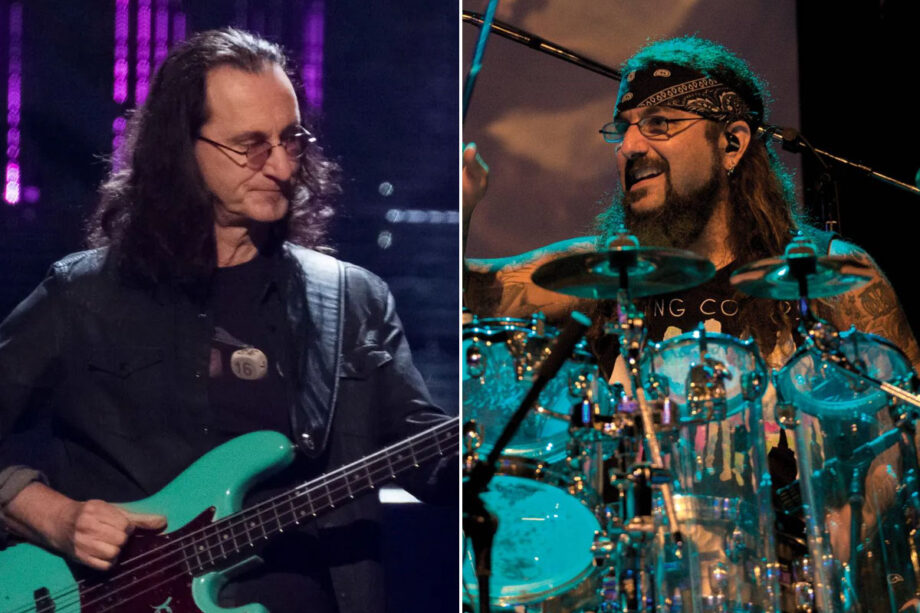Former Dream Theater drummer Mike Portnoy discussed the band’s musical influences in a recent interview with Ultimate Guitar. The veteran musician highlighted Rush’s significant impact on Dream Theater’s compositional style throughout their four-decade career.
“There’s always Rush in every Dream Theater song has ever written throughout our entire career, dating back 40 years ago, to the very first ‘Majesty’ demos,” Portnoy said. “I mean, Rush was always our biggest collective influence. So, yeah, there’s no question that that stuff comes through.”
“I mean, there’s some riffs in ‘The Shadow Man [Incident]’ that sound like they could have been off of ‘Hemispheres’, some ‘Permanent Waves’,” he continued. “Night Terror’ has got a whole big kind of 7/8 section, which is very ‘Natural Science’-ish. So yeah, that stuff inevitably comes through no matter what.”
Dream Theater is preparing for the release of their new studio album ‘Parasomnia’.
Portnoy’s revelation offers insight into the connection between two progressive rock giants. This relationship highlights a musical legacy spanning generations.
Rush’s Lasting Impact

Dream Theater’s guitarist John Petrucci has consistently named Rush as a transformative influence in his musical journey, according to Blabbermouth. Rush’s virtuosic approach to instrumentation has shaped Dream Theater’s technical complexity and compositional style.
Dream Theater has incorporated many of Rush’s innovative approaches to progressive rock. They have successfully integrated these elements into their own unique sound.
Progressive Rock Heritage

Prog Archives reports that both bands share a distinctive approach to complex time signatures and creative song structures. These elements have become defining characteristics of progressive music.
The musical relationship between these bands shows how influential artists shape progressive rock’s evolution. Each group has maintained its individual artistic identity throughout this process.
Technical Innovation

Seven String has documented the technical prowess of both bands in progressive rock. Their use of intricate time signatures and complex arrangements has established new standards in the genre.
Both groups’ commitment to musical innovation continues to inspire new progressive rock musicians. This legacy has secured their places in the genre’s history.





